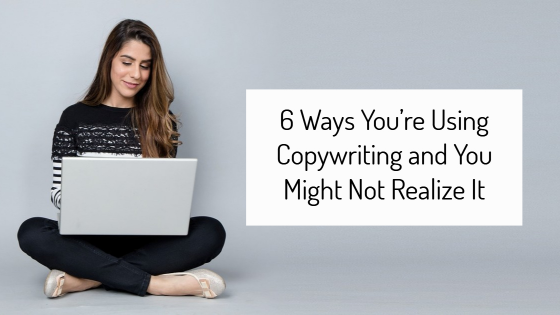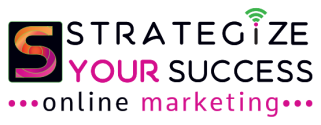
When you hear the word “copywriting” what comes to mind for you?
Wikipedia describes it as “the act of writing text for the purpose of advertising or other forms of marketing. The product, called copy, is written content that aims to increase brand awareness and ultimately persuade a person or group to take a particular action.
So, the fact is, copywriting is more than just sales messages. In fact, as an online business owner and marketer, most of the content you produce could be called copywriting at least in some sense. After all, if you’re creating content with the ultimate goal of selling something, that is by definition copywriting.
Sure, we all like to hang out on Facebook and chat with friends and family, catch up on the latest funny videos, and enjoy a mindless “quiz” or two. But for businesses, Facebook is much more than that. It’s a place to connect with potential clients, and that means that when you’re sharing your latest blog post or program with your business friends, you have to keep good copywriting in mind.
LinkedIn Profile
What makes you stand out from the other businesses online or in your niche? Your LinkedIn profile is where you share what makes you the best person to solve your ideal client’s problems. It’s where you shout about your credentials and let your ego run the show. Think of your LinkedIn profile like a resume, and be sure to list your most impressive qualifications, achievements and personal quality.
Your Website About Page
Here’s your chance to have some fun while blowing your own horn. It’s important to know that the about page is often the most visited page on a website, so it’s a critical piece of your overall brand and message. The purpose of your about page is to entice people to want to learn more about your services, so be sure to include a call to action on the page.
Blog Posts
All blog posts have a job to do. Maybe they’re meant to lead your reader to a sales page. Perhaps you’re asking for readers to subscribe to your mailing list. Maybe your blog post is designed to start a conversation. Or maybe it’s just sharing great content and inviting readers to learn more by clicking on related posts. Whatever the job, it’s copywriting that entices your reader to take that next action.
Two hundred and eighty characters is precious little space for creating compelling content (but at least it’s not 140 anymore), yet that’s exactly what you must do if you hope to use Twitter as part of your overall marketing strategy. Think of tweets like email subject lines, and craft them to convey as much information as possible while still enticing readers to take action.
Whether you’re sending an email about a new product or service or simply letting readers know you have a new blog post up, your email definitely qualifies as copywriting. In fact, even the personal emails you send to prospective clients contain what we would call copywriting.
The fact is, copywriting is everywhere in your business, from your sales pages to your invoices. Whenever you ask a reader to take some action, you’re writing copy, and the more comfortable with the idea of it, the better (and more natural) you’ll become.
Copy writing after all is going to be the best way for you to persuasively make the most impact on your business by drawing the attention and interest of your ideal client and get them to take a desired action.



